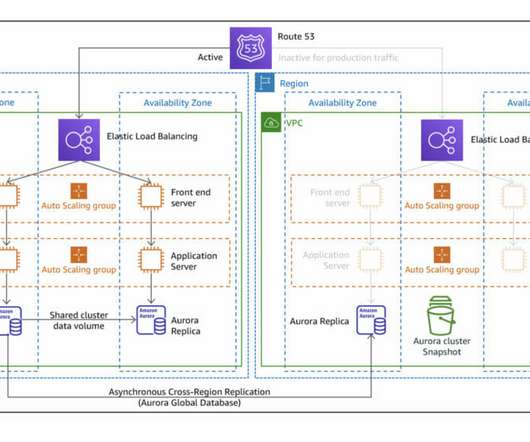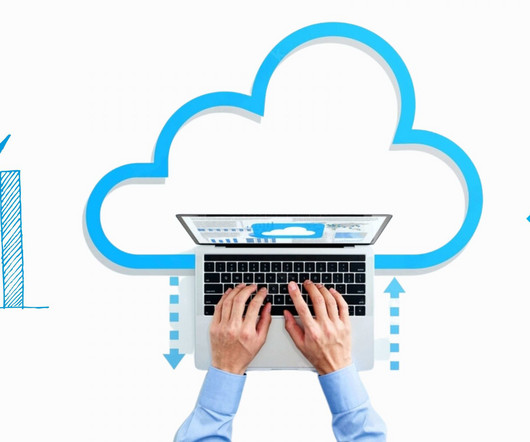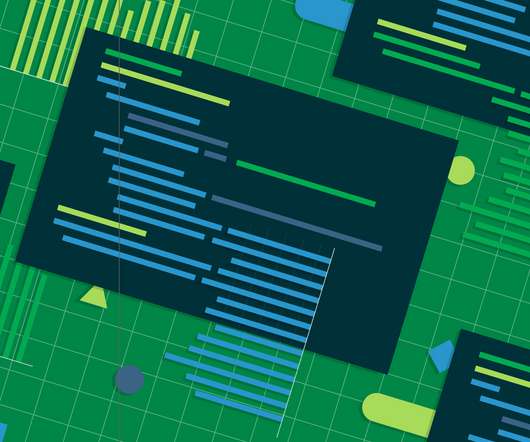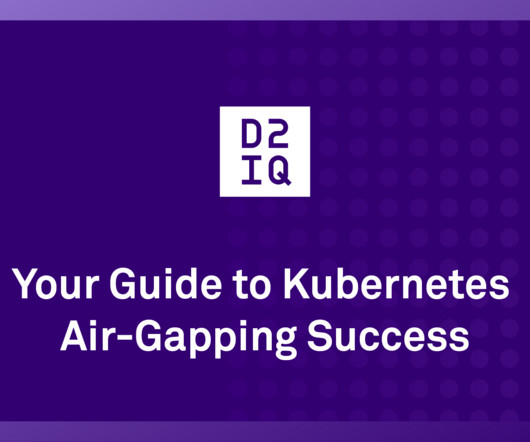AWS Disaster Recovery Strategies – PoC with Terraform
Xebia
DECEMBER 21, 2022
While AWS is responsible for the underlying hardware and infrastructure maintenance, it is the customer’s task to ensure that their Cloud configuration provides resilience against a partial or total failure, where performance may be significantly impaired or services are fully unavailable. Backup service repository.




















Let's personalize your content